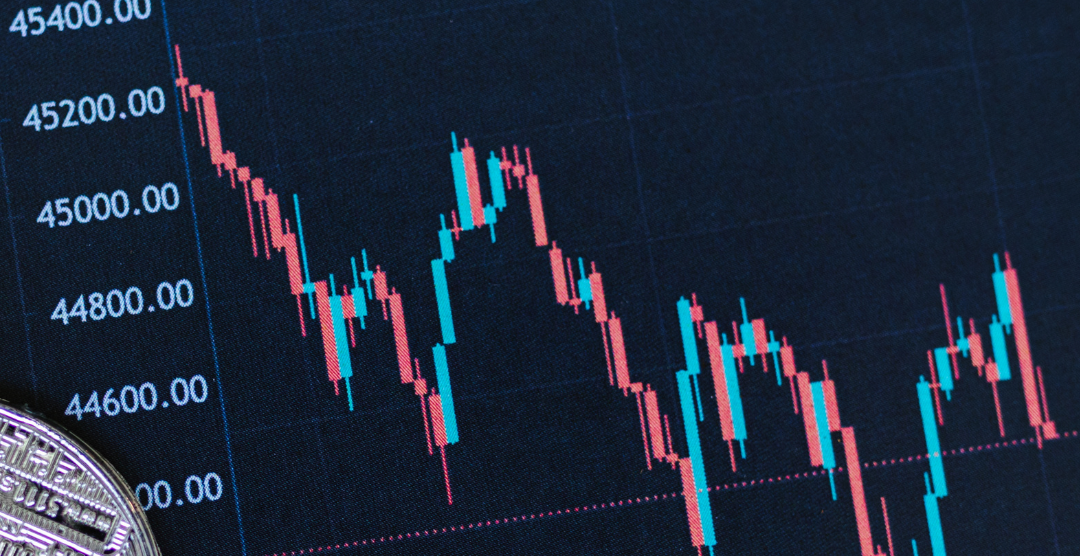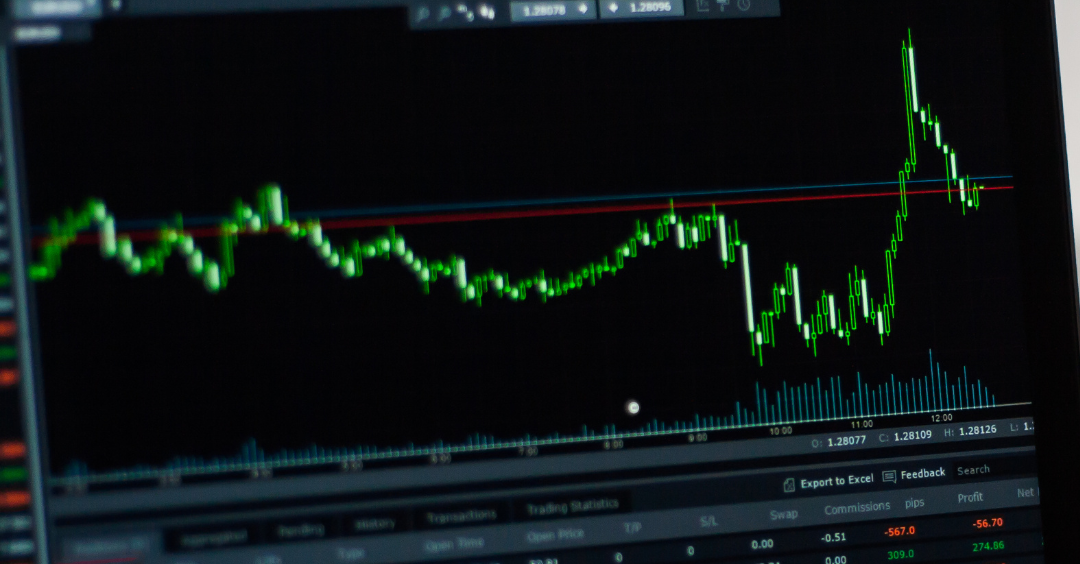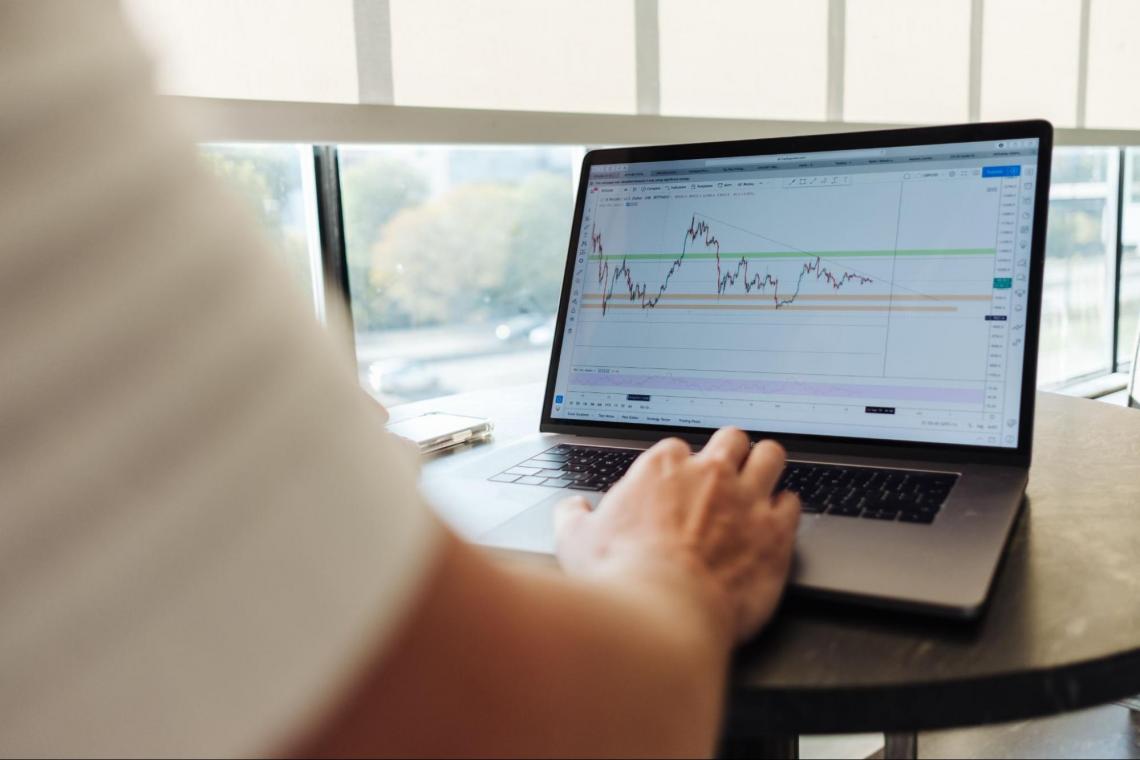Directional Trading Strategies
These strategies help a trader or an investor make money and protect their downside at the same time.
Directional trading strategies involve combinations of different types of financial derivatives to profit from directional moves in an underlying asset or financial security.

These strategies help traders or investors make money and simultaneously protect their downside.
In this article, we will learn about option trading strategies using options spreads that focus more on directional positions than day trading.
Your mindset and psychology will significantly influence your decisions in trading or the financial markets in general. One's psychology while trading plays a significant role in determining the situation's outcome.
Meditation has been proven to calm your mind in periods of high stress; it has helped people manage high-stress situations easily and keep their composure.
Meditation helps you sharpen your mind and enables you to focus on something for extended durations of time. Trading is all about the appropriate mindset and psychology, and to have a bulletproof attitude; you need to meditate daily.

Factors like global events, sector-specific events, interest rate changes, company-specific events, etc., affect the returns you may yield from a trade. You will be able to apply appropriate strategies when you understand the products on which you're using them.
Firstly, it is recommended that the reader goes through the stock market's basics and the various products therein.
It is imperative for an individual to also understand the risk/return profile of vanilla call/put options before diving into understanding option trading strategies. The only thing that limits traders from exploring different approaches is their thinking.
Thinking of innovative combinations about how to use options and form a strategy will be very beneficial for a trader. Exotic options or exotic products are nothing but a variety of different types of derivative products.

Options are derivative instruments that derive value from an underlying security such as a stock, index, etc. In options trading, there are two participants; the option buyer and the option sellers/option writers.
The two types of options are:
- Call Options
- Put Options
Let's dive into option trading strategies using options spreads.
Options Spread Techniques
In this context, the term "spread" refers to a combination of options that have the same underlying stock or index and are the same type but have various strike prices and different maturities.

There are three main categories of option spreads:
- Calendar spreads
- Diagonal Spreads
- Vertical Spreads
Let's examine each in greater depth.
Horizontal Spreads and Diagonal Spreads:
A horizontal spread is also known as a time spread or calendar spread. It involves options of the same strike price and the same kind but belonging to various expiries.
A calendar spread sometimes entails selling short near-term options (to profit from sideways movement) and buying later-dated options (to hedge the earlier position).
The strike prices of both legs must be the same. In other words, options with shorter and longer expirations must have identical strike prices. When both legs of a spread have two different strike prices, the space is said to be diagonal.

Due to the differing expirations of the two options, a pay-off chart is not feasible. Instead, the trader expects that the difference between the two options' time values would grow or contract because both options would have distinct time values.
This technique focuses primarily on the widening or contracting spread between the premiums of the two option prices.
On the other hand, a diagonal spread consists of combining options belonging to the same underlying asset but different expiries. The strike prices of both options in this context are also different.
Similar to the horizontal spread, as the two legs of the space belong to different maturities, it is impossible to draw the pay-off chart for this strategy.
This strategy is far more complicated to execute without any errors. This strategy is more beneficial for OTC markets than exchange-traded markets.

Vertical Spreads
This options trading strategy is primarily for individuals who want to hold their positions for a couple of days or weeks. A vertical spread comprises options with the same expiry date but different strike prices.
Bullish and Bearish Vertical Spreads:
A trading strategy with both call and put options is utilized for anticipating the movements and creating spreads for acquiring and selling the options at different strikes.
A call option refers to a contract where the buyer has the right to acquire/purchase an underlying asset (stock, bond, or any other asset) at a predetermined price before an expiration date.
The definition may vary under a bullish market and a bearish market.
The put option refers to the right the seller has to sell a financial instrument before a set date. The financial instruments can be stocks, currencies, and futures.
The predetermined set price is known as the strike price. The date at which rights are exercised is known as the exercise date. And lastly, the fee charged for the right to be exercised is known as a premium.

This strategy goes further by combining either calls or puts. Hence these can be further categorized as follows:
- Bearish Vertical Spreads
- Using Call options
- Using Put options
- Bullish Vertical Spreads
- Using Call options
- Using Put options
Bearish Vertical Spread using Calls
A trader initiates a bearish vertical spread using call options when their view on the market is bearish, meaning the trader expects the market to fall.

Therefore, the trader uses a low strike high premium call option along with a high strike call option to mitigate their losses if prices rise.
After shorting the low strike high premium call option, the trader goes long on a high strike call option and hence pays a lesser premium. Thus, this strategy starts with a net inflow for the trader.
Example:
| Option Type | Call | Call |
|---|---|---|
| Long/Short | Long | Short |
| Strike price | 31600 | 31000 |
| Premium | 140 | 350 |
| Spot price | 31300 |
The pay-off table would look like this:
| CMP | Long Call | Short Call | Net Flow |
|---|---|---|---|
| 30800 | -140 | 350 | 210 |
| 30900 | -140 | 350 | 210 |
| 31000 | -140 | 350 | 210 |
| 31100 | -140 | 250 | 110 |
| 31200 | -140 | 150 | 10 |
| 31300 | -140 | 50 | -90 |
| 31400 | -140 | -50 | -190 |
| 31500 | -140 | -150 | -290 |
| 31600 | -140 | -250 | -390 |
| 31700 | -40 | -350 | -390 |
Looking at the data above, it is clear that this technique is a limited profit and loss position. The maximum loss that the trader can experience at any time is 390. At any given time, a trader cannot make more than 210, making it their maximum earning potential.
Bearish Vertical Spread using Puts
Similarly, a trader initiates a bearish vertical spread using put options when their view on the market is bearish; that is, the trader expects the market to fall.

The only difference is that the trader uses put options instead of call options. In this situation, the trader goes long in one put option while shorting another low strike put option to reduce their cost and receive the premium provided by this short position.
Let's look at an example:
| Option Type | Put | Put |
|---|---|---|
| Long/Short | Short | Long |
| Strike price | 31300 | 31600 |
| Premium | 130 | 300 |
| Spot price | 31300 |
The pay-off table for this strategy would look like this:
| CMP | Short Put | Long Put | Net FLow |
|---|---|---|---|
| 30800 | -370 | 500 | 130 |
| 30900 | -270 | 400 | 130 |
| 31000 | -170 | 300 | 130 |
| 31100 | -70 | 200 | 130 |
| 31200 | 30 | 100 | 130 |
| 31300 | 130 | 0 | 130 |
| 31400 | 130 | -100 | 30 |
| 31500 | 130 | -200 | -70 |
| 31600 | 130 | -300 | -170 |
| 31700 | 130 | -300 | -170 |
As it is visible from the above table, the bearish vertical spread using puts is a limited profit and a limited loss position. Therefore, the maximum profit, in this case, is capped at 130 and the ultimate loss at 170.
Bullish Vertical Spread using Calls
A bullish vertical spread is a bullish strategy, as the name suggests. Here the trader's view on the market is bullish, but at the same time, the trader decides to reduce the cost of their position.

He does so by taking one long call position of a lower strike and selling a call option with a higher strike. In this situation, the lower strike call option costs more than the premium earned by selling a higher strike call option.

It must be noted that although the costs are being reduced, the position is still a net cash outflow.
Here the higher strike call is shorted, and all profits from the long call position beyond the short call's strike price would be netted out by the losses from the short call.
Another way to squeeze out more profits in this situation is to short a call option as high as possible. Still, the drawback with this approach is that the costs would go down only marginally, as the higher strike call option fetches lesser and lesser premiums.
An example will make it easier to understand the strategy:
Assuming a trader is bullish on the markets and they decide to long a 31000 strike call by paying a premium of 350 and at the same time, they estimate that the market will not go above 31600.
So they then short a 31600 call option and receive a premium of 140, hypothetically.
| Option Type | Call | Put |
|---|---|---|
| Long/Short | Long | Short |
| Strike price | 30000 | 31600 |
| Premium | 350 | 140 |
| Spot price | 31300 |
The pay-off for the various price moves is as follows:
| CMP | Long Call | Short Call | Net Flow |
|---|---|---|---|
| 30800 | -350 | 140 | -210 |
| 30900 | -350 | 140 | -210 |
| 31000 | -350 | 140 | -210 |
| 31100 | -250 | 140 | -110 |
| 31200 | -150 | 140 | -10 |
| 31300 | -50 | 140 | 90 |
| 31400 | 50 | 140 | 190 |
| 31500 | 150 | 140 | 290 |
| 31600 | 250 | 140 | 390 |
| 31700 | 350 | 40 | 390 |
It can be observed from the above table that this strategy is a limited profit and limited loss strategy. The maximum gain the trader will get in this position is 390, and the maximum loss the trader would face is 210.
Bullish Vertical Spread using Puts
With a similar bullish view on the market, there is another way a trader can look to initiate a bullish spread position. In this scenario, the trader will short-put options as their view is positive, and they aim to profit from the premiums.

When the market price goes up, the trader ends up with the premiums from the puts they shorted. If the market starts to decline, the trader will face the risk of unlimited loss.
Therefore, to put a floor to their downside, the trader buys a put option with a lower strike price. Now such a position reduces the overall premium that the trader receives, but it acts like insurance against the unlimited potential losses on the short put position.
| Option Type | Put | Put |
|---|---|---|
| Long/Short | Short | Long |
| Strike price | 31600 | 31300 |
| Premium | 300 | 130 |
| Spot price | 31300 |
The pay-off for the bullish vertical spread using puts is as follows:
| CMP | Long Call | Short Call | Net Flow |
|---|---|---|---|
| 30800 | -500 | 370 | -130 |
| 30900 | -400 | 270 | -130 |
| 31000 | -300 | 170 | -130 |
| 31100 | -200 | 70 | -130 |
| 31200 | -100 | -30 | -130 |
| 31300 | 0 | -130 | -130 |
| 31400 | 100 | -130 | -30 |
| 31500 | 200 | -130 | 70 |
| 31600 | 300 | -130 | 170 |
| 31700 | 300 | -130 | 170 |
It can clearly be observed from the above table that this strategy is a net premium receipt strategy. The trader in this situation has a limited profit and loss position. The maximum loss the trader can face is 130, whereas the maximum profit the trader has is 170.
Let us look at a strategy wherein a trader's view of the market is uncertain. Still, they believe that in whatever direction the market moves, it will move significantly in that direction.
Long Straddle
A general straddle is a strategy involving two options of different types but the same strikes and maturities. The long straddle is a famous strategy among traders and investors when they are confused about the market's direction.

This strategy consists of buying a call option and a put option with the same strike price and the same maturity (expiry).
When a trader decides to enter such a position, the price movement in either direction from there would first result in the trader covering the premium he's paid and then making a profit.
A trader uses this strategy when their view on the direction of the price movement is uncertain. The underlying belief is that the price will move significantly in either direction.
You can profit using a long straddle when the market moves strongly in either direction. This may appear like a very successful approach, but for both options to be financially viable, the underlying must move sufficiently.
You must purchase both the call and put on a long straddle with At The Money strike price. You are placing bets on both sides of the market by doing this. You will succeed if the market experiences momentum and moves either way.

Think about purchasing a stock, for instance, at 18000. A long straddle must be entered into by purchasing 18000 CE and 18000 PE with the same maturities. Only enter this trade if there is a significant price difference between the options.
In our scenario, considering that we took this position on Tuesday, the option prices for the 18000 CE and 18000 PE are, respectively, Rs. 47 and Rs. 41.
The stock must move more than 88 points in either direction if you wish to retain this position until expiration and profit from this method.
Time decay will negatively impact your position in the case of a long straddle since it will cause the price of the options to decline. Long straddles are frequently deployed during significant events like election results, corporate earnings reports, etc.
Long straddles will be challenging to benefit from on average days because the index or high-quality companies typically will only provide you with a one-directional moment with momentum.
Before engaging in a long straddle, one should also check the option pricing because it may impact their position.
You anticipate that implied volatility will rise once you start the long straddle, allowing option prices to rise and allowing you to profit from it.
Researched and authorized by Marazban Tavadia | LinkedIn
Free Resources
To continue learning and advancing your career, check out these additional helpful WSO resources:




or Want to Sign up with your social account?